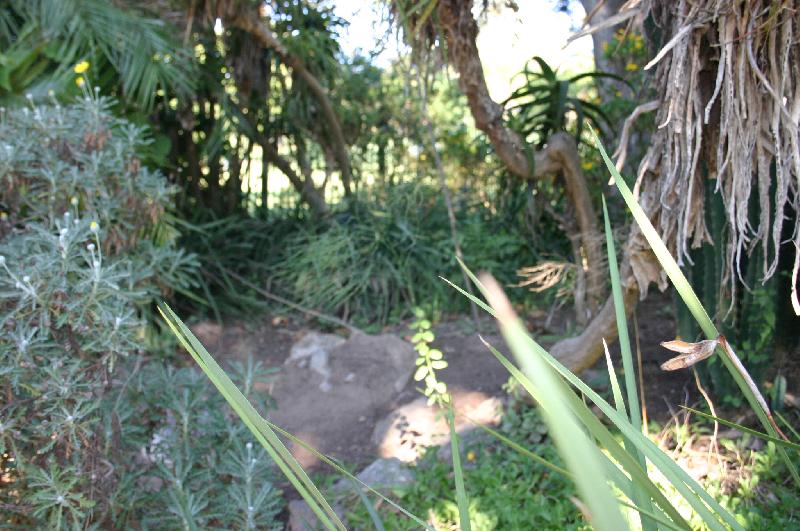
In celebration of the fact that 2010 is the UN International Year of Biodiversity and 22 May is the International Day for Biodiversity, Rhodes University hosted a colloquium to showcase and discuss biodiversity research in Grahamstown.
Botany Department Head, Professor Nigel Barker, stressed in his introduction that the intention was to look at the positives. He pointed out that in 2009 practically 23% of published material out of Rhodes University dealt with some aspect of biodiversity, indicating an increasing focus on the topic. Factor in SAIAB, SAEON, Albany Museum, ARC, Eastern Cape Parks and SANParks, and it becomes apparent that the Eastern Cape and Grahamstown are both hotspots for biodiversity work and research.
Professor Allan Whitfield, an NRF A-rated scientist from the South African Institute for Aquatic Biodiversity (SAIAB), opened the programme. His talk on 'Estuarine Biodiversity - the Remane Diagram Revisited' examined why a model created for the Baltic Sea has become accepted dogma with regard to estuarine systems.
This was followed by a lively discussion of the subtle and sometimes non-existent differences between the use of the terms ecotones and ecoclines, and whether they should receive primary or secondary conservation priority.
Dr Mike Powell of the Rhodes Restoration Research Group was up next with a hard-hitting discourse on Alien Plants, Carbon Restoration and Biodiversity. He successfully illustrated the loss of indigenous subtropical thicket with aerial photographs and spoke about the attempt to set up restoration plans and protocols in the Eastern Cape.
Powell discussed how the spekboom has become a symbol for carbon capture in South Africa. It is a two-edged sword; without monitoring, over-planting of spekboom can have a negative effect on biodiversity, with plants which grow closer to the ground dropping out of the ecosystem.
Moving away from the focus on plant and animal life in isolation, Dr Michelle Cocks of the Institute of Social and Economic Research (ISER), presented a stimulating look at the inter-dependence of biological and cultural diversity. She described how a paradigm shift within this field has occurred, with research showing that wherever there is higher plant diversity, higher linguistic diversity is also present.
Michelle explained how human cultures have traditionally ascribed meaning to natural systems, such as the amaXhosa relying on branches of olive (Olea) and umthathi (Ptaeroxylon) to serve the sacrificial meat in ancestor-appeasing rituals. She stressed the need to promote cultural diversity to preserve biodiversity, and how cultural diversity may be the stimulus required to encourage local people to adopt sustainable use, rather than extractive, practices.
The closing speaker of the morning was Professor Barker, who introduced the concept of 'horizon scanning', a proactive technique to inform and prepare strategic policy areas by identifying "emerging issues of uncertain impact" which can be tracked across disciplines.
A study in the UK identified 195 such issues: included in the top 25 were the implication for biodiversity of an ecosystem approach; and how climate change facilitates the rise of invasive species. This study also made apparent two things that are urgently needed - improved risk assessment protocols, and far greater attention to surveillance and monitoring procedures.
A great deal of networking happened during morning tea and a finger lunch sponsored by the office of the Deputy Vice-Chancellor of Research and it is now up to the delegates to capitalise on the outcomes.
